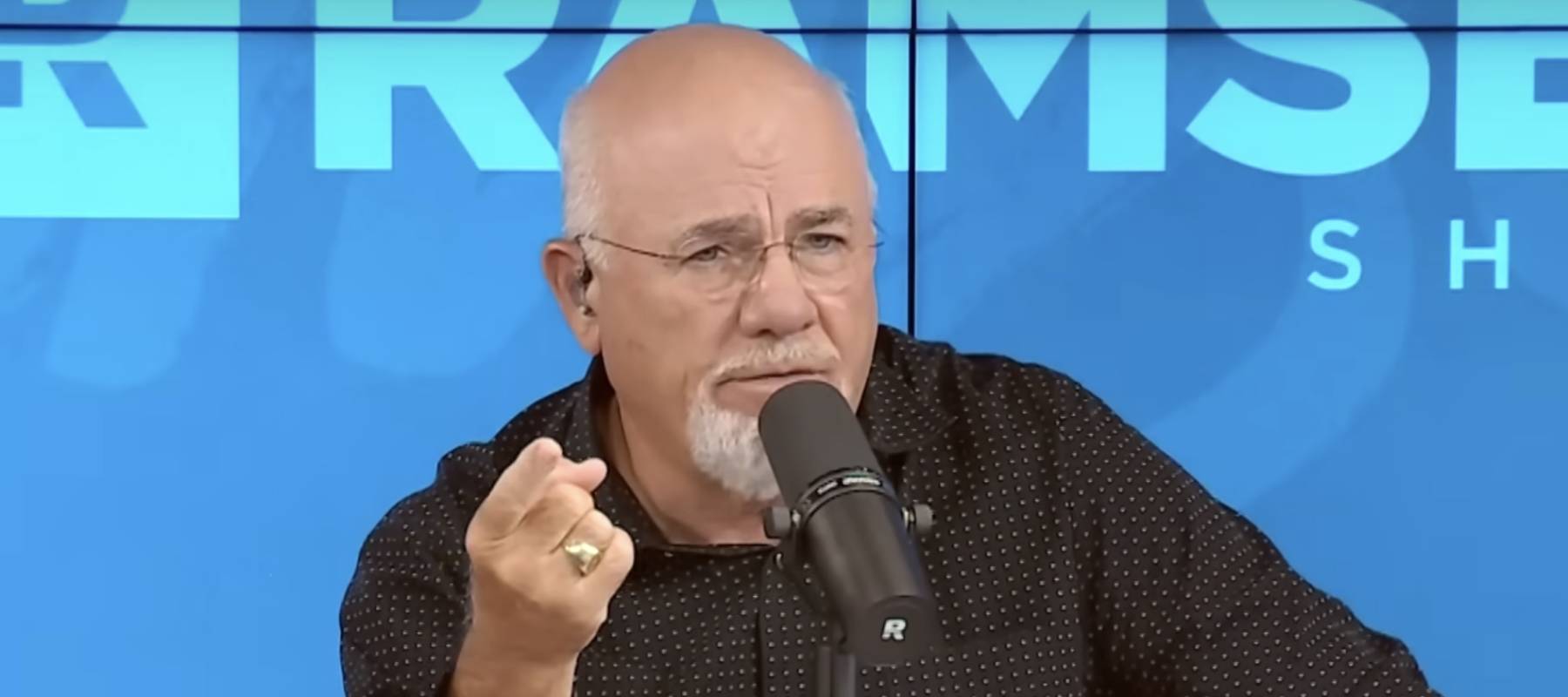
What is a 401(k)?
TimeShops / Shutterstock
Updated: January 18, 2023
We adhere to strict standards of editorial integrity to help you make decisions with confidence. Please be aware that some (or all) products and services linked in this article are from our sponsors.
We adhere to strict standards of editorial integrity to help you make decisions with confidence. Please be aware that some (or all) products and services linked in this article are from our sponsors.
Most people want to retire someday. While “someday” may feel a long way off, retirement has a habit of sneaking up on people who have not prepared well enough for the cost of retirement. A 401(k) account is one of the most common ways to save and invest for retirement, and for a good reason.
If you are new to 401(k) accounts, are about to start a new job with an employer that offers a 401(k) or are just curious, read on to answer the question: How does a 401(k) work?
Who's eligible for a 401(k) account?
A 401(k) is an employer-sponsored retirement account. About half of employers in the United States offer a 401(k) and may include additional perks to encourage more saving and investing. With a 401(k), you generally contribute through automatic withdrawals every payday. A 401(k) account is available only through an employer, not on your own. However, self-employed individuals can open a Solo 401(k) through their business.
What's in it for me?
A 401(k) gives you a tax advantage over a traditional brokerage account. Contributions to a 401(k) are considered pre-tax, which means you don't pay any income tax the year of the contribution. Instead, you pay tax when you withdraw during retirement, typically at a lower tax rate than when you're working.
If your company has a 403(b) or 457 account instead of a 401(k) plan, it works in essentially the same way.
How does a 401(k) work?
Most employers give you the ability to sign up for their 401(k) plan when starting a new job or within a few months of starting. In some cases, you will be signed up automatically. At other companies, you have to opt-in and set everything up yourself.
If you have a great employer that cares about employees' futures, they may also offer a 401(k) contribution match. For example, if you contribute 3% of your income to your 401(k), the employer may match the 3% for a total of 6%. Each company runs its 401(k) a little differently, so check with your HR department, employee benefits handbook or website to learn more.
401(k) plans generally have a limited set of investments picked by your employer and the plan administrator. Most give you a handful of mutual funds and exchange-traded funds (ETFs) and sometimes the company's stock as investment choices in the account.
401(k) contribution limits
There are contribution limits to retirement accounts, and a 401(k) is no exception. For 2023, the maximum you can contribute to a 401(k) is $22,500. If you withdraw before the government-mandated age — 55 for some people and 59½ for others — you have to pay tax and a penalty. But if you can afford to contribute regularly, a 401(k) can save you significantly on taxes and help you build up a big nest egg for retirement.
Should you fund a 401(k) or IRA first?
If you have both an IRA outside of work and a 401(k) at work, where should you contribute first? Here's the order most people should follow when prioritizing their retirement savings.
- 1.
First, contribute at least enough to get your full employer match. The match is like free money on top of your paycheck. It's a reward for saving for the future. Take every matching dollar you can get.
- 2.
Once you've exhausted the match, try to reach the maximum in your traditional IRA or Roth IRA. The maximum is $6,500 for 2023. Those 50 and older can contribute an additional $1,000 catch-up contribution here in addition to the catch-up in their 401(k).
- 3.
If you hit the max on your IRA, go back to your 401(k) and contribute up to the annual maximum.
This strategy should help you minimize fees, maximize flexibility, and get the most tax savings while saving for retirement.
Interested in either an IRA or a Roth IRA? You can read this comparison of the two account types.
In addition, here's a comparison of some of our top-rated stock brokers that offer IRA accounts.
| Highlights | E*TRADE | TD Ameritrade | Merrill Edge |
|---|---|---|---|
| Rating | 4.75/5 | 4.5/5 | 4/5 |
| Min. investment | $0 | $0 | $0 |
| Stock trades | $0/trade | $0/trade | $0/trade |
| Options trades | $0.65/contract | $0.65/contract | $0.65/contract |
| Crypto trades | ❌ | ❌ | ❌ |
| Mutual funds | ✅ | ✅ | ✅ |
| Virtual trading | ✅ | ✅ | ❌ |
| - | Open account | Open account | Open account |
| Reviews | Read review | Read review | Read review |
Watch out for high 401(k) fees
There is one big problem with 401(k) accounts at many companies: the fees. Many employers don't do a great job at negotiating fees or simply pass them all on to employees. This often leads to a high annual management fee on your account, in addition to fees charged by the investments in your account.
Poorly managed 401(k) plans have limited investment fund choices, many of which charge high fees. I've run into this at past employers, and it is quite frustrating. However, the combined tax and matching benefits typically outweigh the downsides of the account. You should still participate if you have a 401(k) with matching.
Your 401(k) is a foundation for retirement
Investment pros generally suggest saving a minimum of 10–15% of your gross income (that's before taxes and deductions like insurance) to retirement accounts. That includes employer matching, however, so you might be able to save a little less and still hit the 10–15% range.
At the very least, you should make sure you're signed up and get the full employer match. If you do, you're making a smart decision for your retirement and long-term financial health. Be sure not to miss out on this excellent tax-advantaged opportunity to invest for the future.





